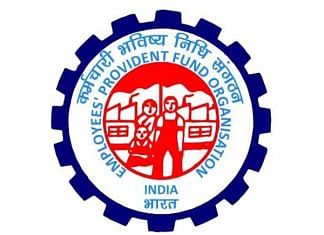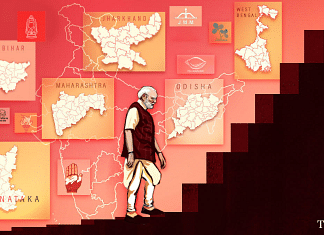Thank you dear subscribers, we are overwhelmed with your response.
Most in management or leadership roles would love to be a fly on the wall in any meeting that Peter Drucker held. What if the meeting was between Drucker and a leader of non-profit organisation ? Would that meeting be less of an attraction. I, for one, belonged to the category that would look for another meeting, say Drucker and Jack Welch or a Drucker- Steve Jobs or even an imaginary Drucker- Elon Musk tete-a tete. However, if you had known that Peter Drucker in the 1990’s had hailed her as the best CEO in America, would you not be inclined differently ?
Frances Hesselbein was the transformative chief executive of the Girl Scouts of USA from 1976 until she retired from that role in 1990. I must confess my ignorance of her achievements until I read the obituaries in Wall Street Journal and New York Times. There was enough to make me curious about someone who was so intertwined with ‘Non-profit’ sector. In 2015, Fortune Magazine listed her among the world’s 50 greatest leaders. Frances Hesselbein, one of the most highly respected experts in the field of contemporary leadership development, recently passed away on December 11, 2022, at the age of 107.
On the philosophical conflict between ‘For Profit’ and ‘Non-Profit’ enterprises, Hesselbein’s view was that leaders should broaden their base and influence; Non-profit leaders should serve on corporate boards and strongly favoured building partnerships externally i.e., with commercial corporations and government while strengthening partnerships within the organisation.
Even in the ‘For Profit’ companies, it is now well accepted that governance must facilitate sustainable growth by adding the discretion of the time horizon (i.e. moving away from short term) in determining ‘best interest’ of the company and secondly, adding interests of other stakeholders- namely, environment, employees, customers, creditors to those of shareholders/ owners.
‘Sustainability’ has added the dimension that facilitates convergence.
Peter Drucker’s prediction of shift to knowledge economy and desire for Intellectual capital are forces that bind the two sectors.
That gets me to say, that rethinking enterprise and entrepreneurship for leadership and governance is increasingly becoming a ground zero topic.
The similarity between for-profit and non-profit lies in the need for values creation- internally and externally. Intellectual capital and integrity sit right in the middle without losing sight of the organisation’s mission statement. Mission statement remains the pivotal starting point for both forms of organisations.
I found Drucker and Hesselbein’s thoughts to cut across the two sectors with profound relevance in matters concerning leadership. As a lifelong learner of management, may I suggest that the next time you come across a Non-Profit organization, think of the complexities of forces they must juggle to retain its continuity and relevance.
The image of Non-profit organization head, purely as someone who has defiantly kept away from the lure of commercial success and wealth, needs to be set aside. Such organisations need as much of governance, financial stability, and skill as any other commercial organization. Non-profit organization can and should have commercial activities and earn some fees, but instead of showing in the ‘bottom line’, should fund other activities that align with its mission statement.
To put it in context, its best to quote Drucker : “Non-profit organizations have no ‘bottom line.’ They are prone to consider everything they do to be righteous and moral and to serve a cause, so they are not willing to say, if it doesn’t produce results then maybe we should direct our resources elsewhere. Non-profit organizations need the discipline of organized abandonment, perhaps even more than a business does. They need to face up to critical choices”
No wonder, Peter Drucker commented in 1990 that Francis Hesselbein could manage any company in America, even General Motors, and do a great job.
I could not find much in the Indian media about her. India certainly has her own worthy role models in the societal sector, but its worthwhile to be familiar with one from the temple of capitalism.
I wish I had read about her and her thoughts earlier, but it’s never too late to start. Having been vigorously engaged in the commercial sector I certainly have some catch-up to do. And yes, I would have loved to be a fly on the wall and hear the conversation between Mr Drucker and Ms Hesselbein.
These pieces are being published as they have been received – they have not been edited/fact-checked by ThePrint.









COMMENTS